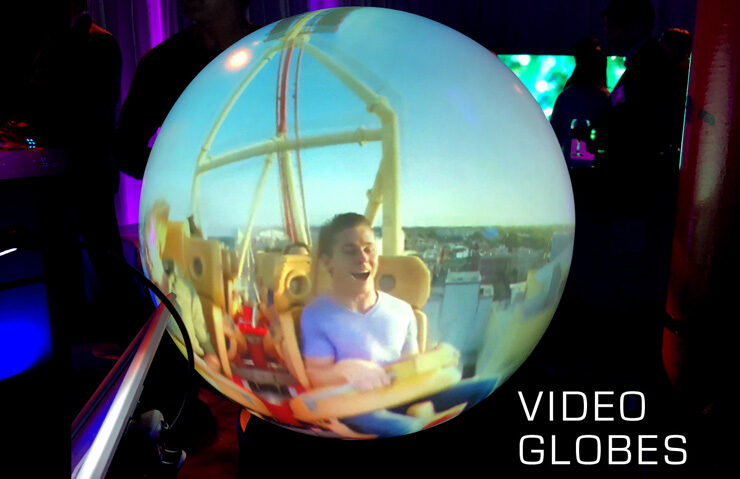360 VIDEO GLOBES
360 video globes are innovative and captivating devices that allow users to experience immersive video content like never before. These globes are spherical in shape and feature a built-in display system that covers the entire surface area, providing a complete 360-degree viewing experience.
The concept behind 360 video globes is to transport viewers into a different world, whether it be a breathtaking natural landscape, a bustling cityscape, or a thrilling adventure. By utilizing a combination of high-definition video playback and advanced optical technologies, these globes create a sense of presence and engagement that traditional flat screens cannot match.
The globes are typically designed with a seamless surface, minimizing visual distractions and ensuring a smooth and uninterrupted viewing experience. They come in various sizes, ranging from small tabletop versions to large-scale installations, catering to different settings and preferences.
To navigate the 360-degree video content, users can either interact with the globe physically by rotating it manually or use a control interface provided by the device. Some globes even incorporate motion sensors, enabling a hands-free navigation experience by simply moving around the globe or gesturing in front of it.
One of the most exciting aspects of 360 video globes is their versatility. They can be used in a wide range of applications, including entertainment, education, virtual tourism, marketing, and training. For example, museums can use them to provide visitors with virtual tours of historical sites, while marketers can leverage their immersive capabilities to create compelling brand experiences.
Whether used for personal entertainment or professional purposes, 360 video globes have the power to transport individuals to new environments and offer an unparalleled level of immersion. With their ability to showcase 360-degree videos, these globes redefine the way we experience visual content, unlocking a new dimension of storytelling and engagement.

